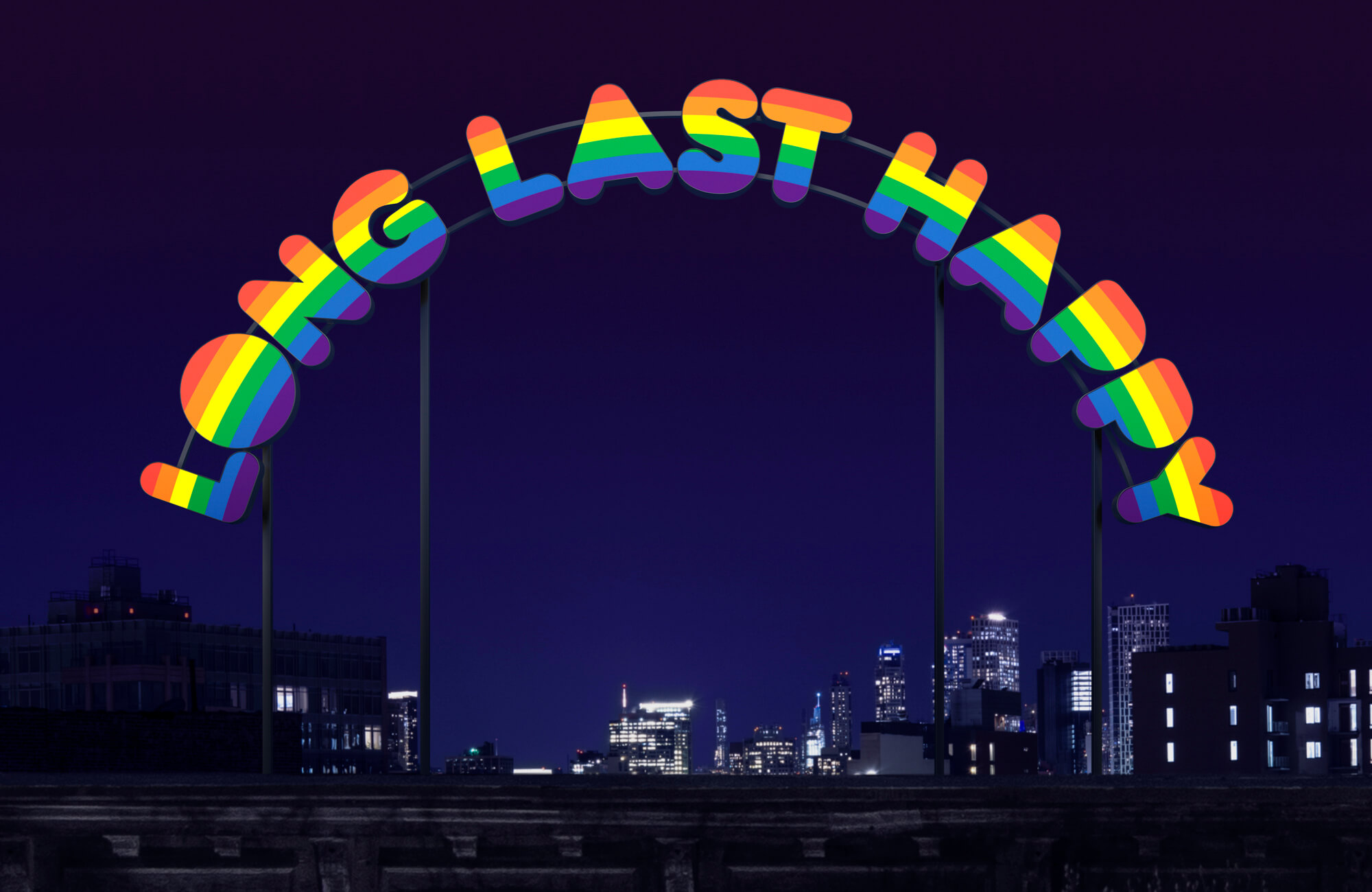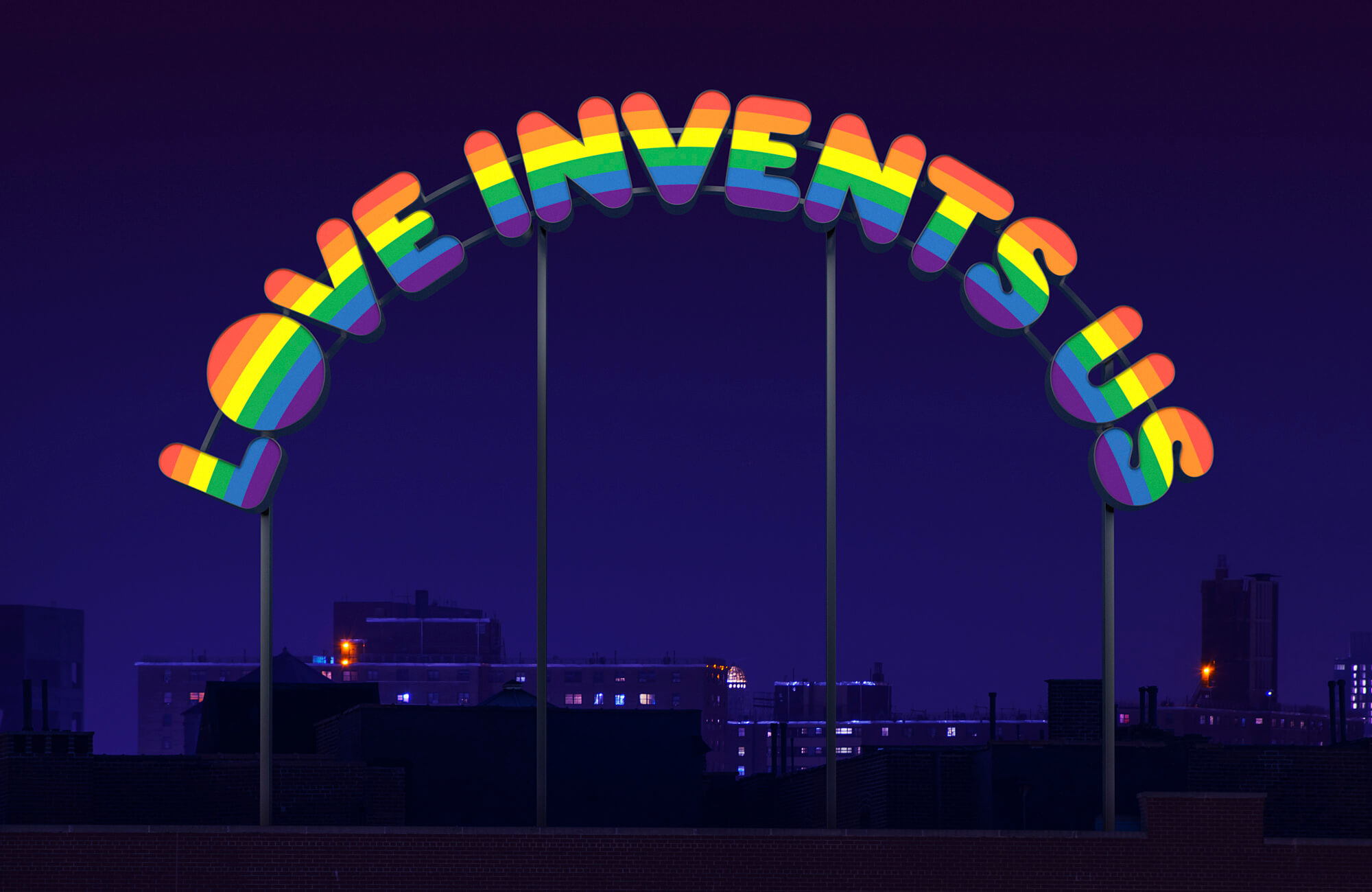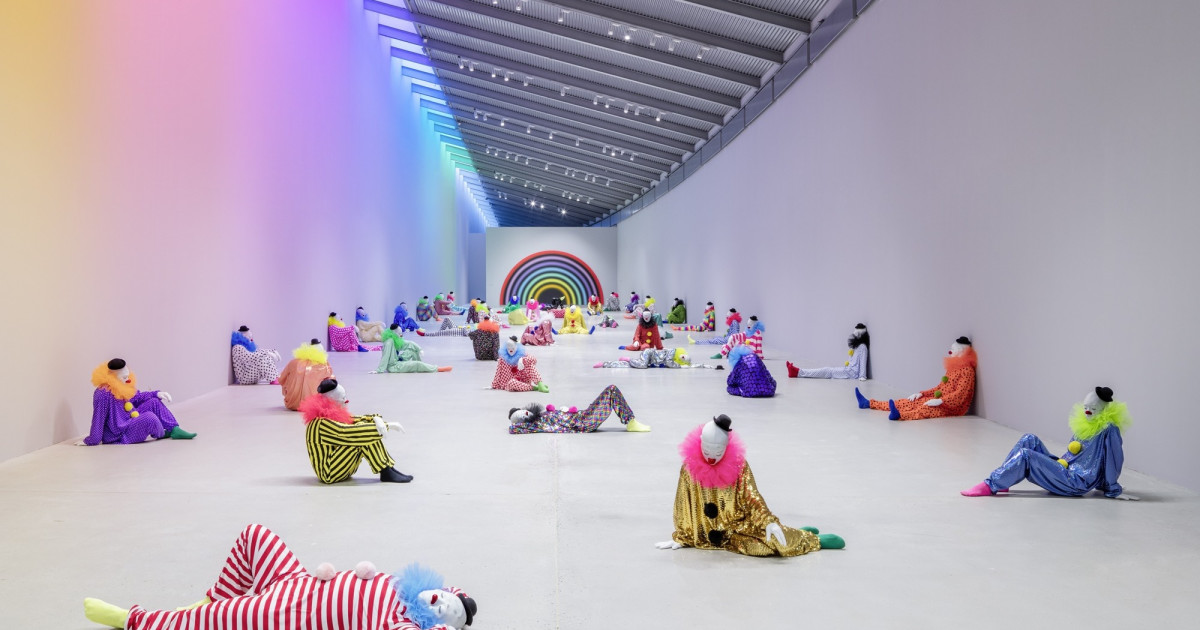
Enjoying the view with Ugo Rondinone

About Ugo Rondinone's exhibitions in Venice, Frankfurt am Main and Mexico City.
"Can we abandon words and simply look? Ugo Rondinone asks in the latest issue of the contemporary art magazine Art Press. The Swiss contemporary artist living in New York and Zurich, a virtuoso of forms and techniques whose work is characterised by its diversity and the variety of materials he uses, invites us not to stumble on an intellectual understanding of art. "The body knows things long before the brain. Art is mainly about the development of consciousness. The object is only a catalyst," he says in the fascinating interview conducted by Richard Leydier on the occasion of the current intense interest in the artist born in Brunnen in 1963. But do we need words here to talk about it?
Ugo Rondinone has been exhibiting since 20 April and until 17 September at the Scuola Grande San Giovanni Evangelista, a thirteenth-century church in Venice, but will also be in Frankfurt am Main, at the Schirn Kunsthalle and the Städel Kunstinstitut, from 25 June to 18 September, while having taken over the Museo Tamayo in Mexico City since 5 June and until 30 October. At the same time, he is guest curator of the 2022 exhibition "Sculpture Milwaukee" on the shores of Lake Michigan in Wisconsin, this year entitled "Nature Doesn't Know Us", which brings together thirteen works of art by thirteen artists in an open-air setting, combining a sceptical clarity with a humorous desire to locate the intersection of spiritual and physical presence in everyday life. "The exhibition celebrates the disparate elements of the Earth, while exploring the human connection to nature," says Ugo Rondinone.
For nature is always a question in the work of this artist, a champion of perpetual adaptation to a world in motion. In 2013, he did not hesitate to keep the stone in its raw state in "Human Nature" in the middle of Rockefeller Center, while painting it in bright colours in "The Seven Magic Mountains" in the middle of the Nevada desert in 2017. He does not hide the fact that what interests him is playing with the contrast between natural and artificial environments. "It was like installing land art in the city and pop in nature," recalls the man who considers himself a bit like a chronicler recording the living universe. He observes a noise in the grass as well as silence, a sunset or a breaking wave.
"My work is rooted in the observation of nature and its relationship with the human condition," confirms Ugo Rondinone when Richard Leydier reminds him of the title of his 2017 exhibition at Carré d'art, the museum of contemporary art in Nîmes: "Becoming Soil". Or in French "Devenir Sol". "The paintings and sculptures, by "Becoming Soil" celebrate life; its seasons and rhythms, its plants and stones, with which we share the planet," comments the artist. "I try to develop a universal vocabulary, understandable by all," he explains when the journalist mentions his windows, doors, masks... all his work related to prehistory, and figures such as the clown, the tree, the sun or the moon, recurrent in his contemporary artworks ranging from painting to sculpture, including installation or video, photography, drawing, sound or text. "I like my art to be as simple and empty as possible.
Ugo Rondinone has become one of the leaders of international contemporary art thanks to his talent for establishing a dialogue between melancholy, introspection and poetic investment, and has often staged himself, made up as a figure in a fashion magazine or dressed as a sad clown. "I grew up in a small Swiss village surrounded by mountains, where people waited for the circus to arrive all year round because there was little entertainment," he recalls, explaining that in the early 1980s, it was this clown figure from his childhood that imposed itself on him "as an allegory for myself: a gay artist, an outcast, whom people were afraid of. A clown who, under Ugo Rondinone's paintbrush in his fictional diaries from Zurich, no longer had the mission of animating, of making people laugh, but to sit in a corner and observe. It was not until 1997 and the luminous encounter in New York with his companion, the poet John Giorno (1936-2019), that the artist put an end to this "dark fictional figure of the nihilistic and destructive gay Ugo", born after the shock of the sudden death of Manfred Welser, the man the then student at the Vienna Academy of Fine Arts loved, who died of AIDS in 1988. Until John's death, the two artists will be "each other's muse".
The comfort, regeneration and inspiration that Ugo Rondinone had also found in 1988 by turning to nature would never leave him again. While drawing inspiration from Goethe's drawings in Italy as well as from the artists who defined modernism, from Vassily Kandinsky to Wojciech, "I started two groups of paintings simultaneously, whose contradictory forces have guided my work to this day. My large ink landscapes look to the past, while the targets look to the future." A glance at his website makes it clear that his works are organised according to the occurrences of Night and Day.
At the Tamayo Museum in Mexico City, Ugo Rondinone is currently showing three works that exploit the chromatic richness of his body of work: 'Long Last Happy', his latest rainbow poem from 2020, 'Love Invents Us', a work from 1998, and 'Vocabulary of Solitude', a forty-five-part sculpture from 2016.
|
Long Last Happy |
Love Invents Us |
Vocabulary of Solitude |
In Frankfurt am Main, Germany, the exhibition is called "Lifetime" and confronts works made over thirty years, like a story told in six chapters, to go from the depths of the night to the light of a sunny day. "I can take grief and mourning into account, but I see myself above all as an artist of light. I want to guide the audience to the light, to the pure, bright sunshine, all the time, on all of us. Colour is the light of the world (...) I want to open windows and doors. Why not? Enjoy the view!







































































